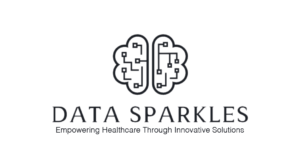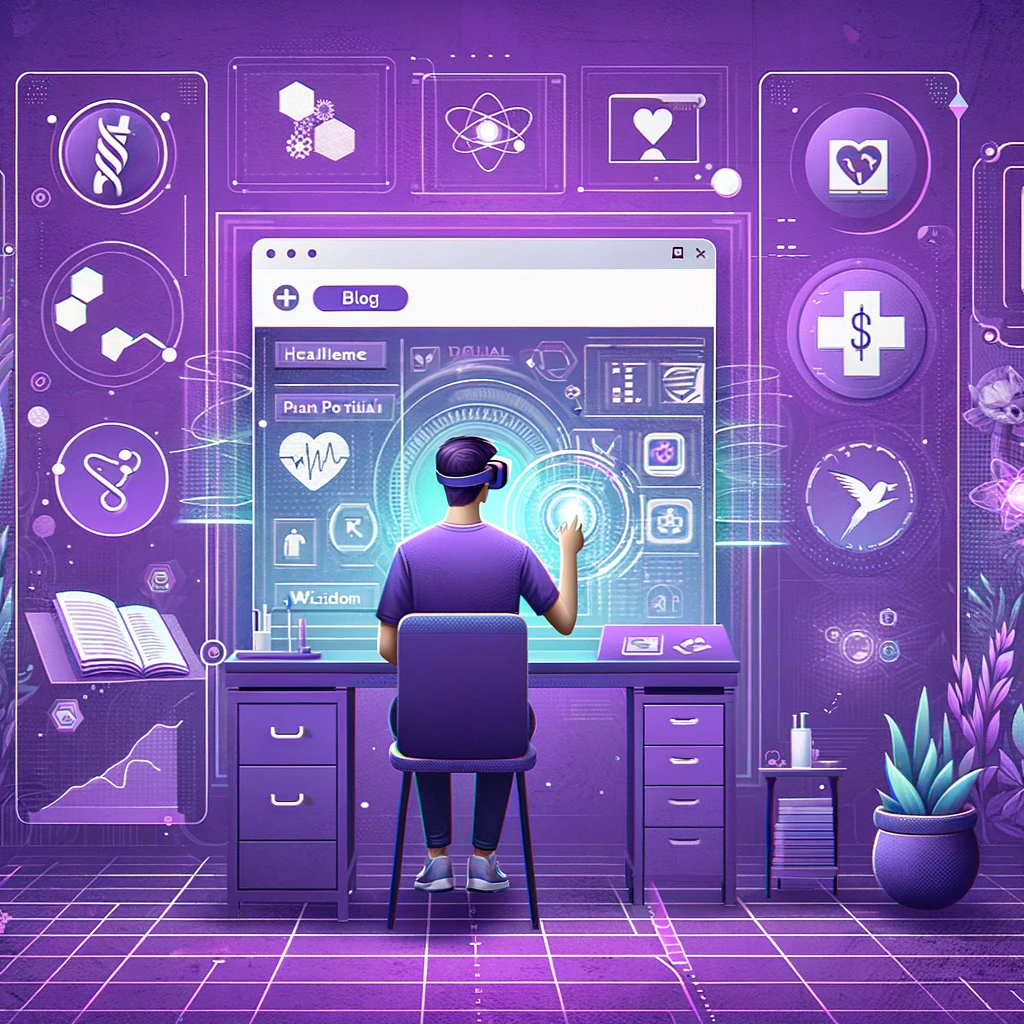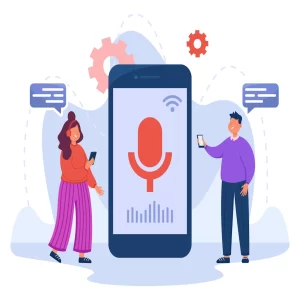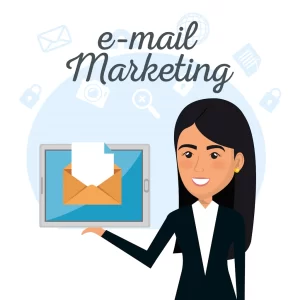Introduction
In an era dominated by digital information, the challenge of misinformation in healthcare has escalated, making the ethical responsibility of care providers to educate their patients paramount. The digital age, while a boon in many ways, has also led to a proliferation of health-related misinformation, creating an environment where patients struggle to identify credible sources. Healthcare organizations are thus at a critical juncture, tasked with asserting themselves as primary, reliable sources of patient education online. Central to this effort is the deployment of patient portals, which serve not only as a bridge connecting patients to their healthcare providers but also as a bastion of trustworthy information, empowering patients through direct access to their health data and resources for informed decision-making.
The Central Role of Patient Portals
Patient portals have emerged as the cornerstone of modern patient care, providing a secure and accessible hub for patients to engage with their healthcare journey. These digital platforms are pivotal in visualizing treatment progress, accessing medical records, and understanding care plans, thereby demystifying the healthcare process and enabling patients to take an active role in their treatment. Moreover, integrating educational resources within these portals transforms them into a reliable guide through the complex health information landscape, directly addressing the “techquity” gap and ensuring equitable access to health data for all patient demographics.
Leveraging Patient Education for Digital Engagement
Education content within patient portals is a powerful tool for attracting website traffic, driving patient engagement, and facilitating conversions. High-quality, accurate, and engaging content not only educates but also solidifies the healthcare provider’s role as a continuous source of support. This strategic content approach boosts SEO rankings and positions the provider’s website as a primary resource for health information, enhancing the likelihood of patient retention and acquisition.
Integrating CRM Solutions for Enhanced Patient Loyalty
The integration of patient portals with specialized healthcare Customer Relationship Management (CRM) systems presents a dynamic strategy to harness patient loyalty and foster revenue growth. These systems personalize communication, automate appointment reminders, and facilitate patient interactions, crafting a tailored experience that promotes loyalty. Leveraging data analytics allows healthcare organizations to identify patient needs and preferences, enabling the delivery of targeted educational content and services that resonate with their audience.
The Pitfalls of Outsourcing Content Creation
The trend among some healthcare organizations to outsource website content creation to marketing agencies has raised concerns. While such collaborations can yield high-quality content, they may lack the nuanced understanding and legitimacy that only direct involvement in patient care can provide. Authenticity and accuracy in medical information are paramount, emphasizing the need for healthcare providers to either produce content in-house or closely collaborate with clinical experts to maintain the integrity and reliability of shared information.
Conclusion
The strategic integration of digital marketing with patient portals, underscored by the emphasis on authentic, provider-generated patient education content, is not merely an operational enhancement but a reaffirmation of the care provider’s foundational role in patient education. Embracing this role through digital platforms enables healthcare organizations to navigate the challenges of misinformation, ensuring that patients receive accurate, engaging, and relevant health information. This ethical imperative doubles as a strategic business approach, promising to redefine patient-provider relationships, enhance healthcare experiences, and drive organizational success. In the vast digital landscape, the voice of healthcare providers must guide patients toward better health, leveraging technology to bridge gaps in access and understanding, and reinforcing their position as trusted sources of health information.
References:
Johnson KB, Ibrahim SA, Rosenbloom ST. Ensuring Equitable Access to Patient Portals—Closing the “Techquity” Gap. JAMA Health Forum. 2023;4(11):e233406. doi:10.1001/jamahealthforum.2023.3406
Taya I, Annette D D, Christine R C. Patient Portals and Patient Engagement: A State of the Science Review





